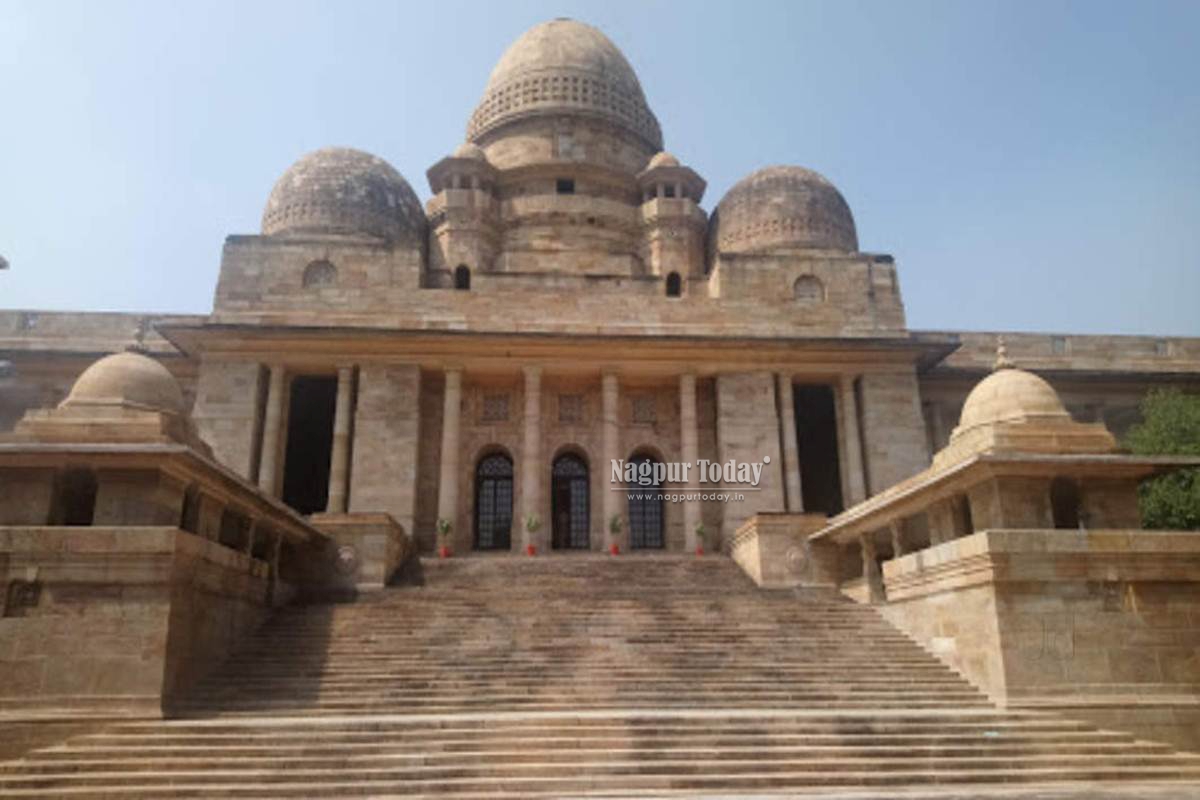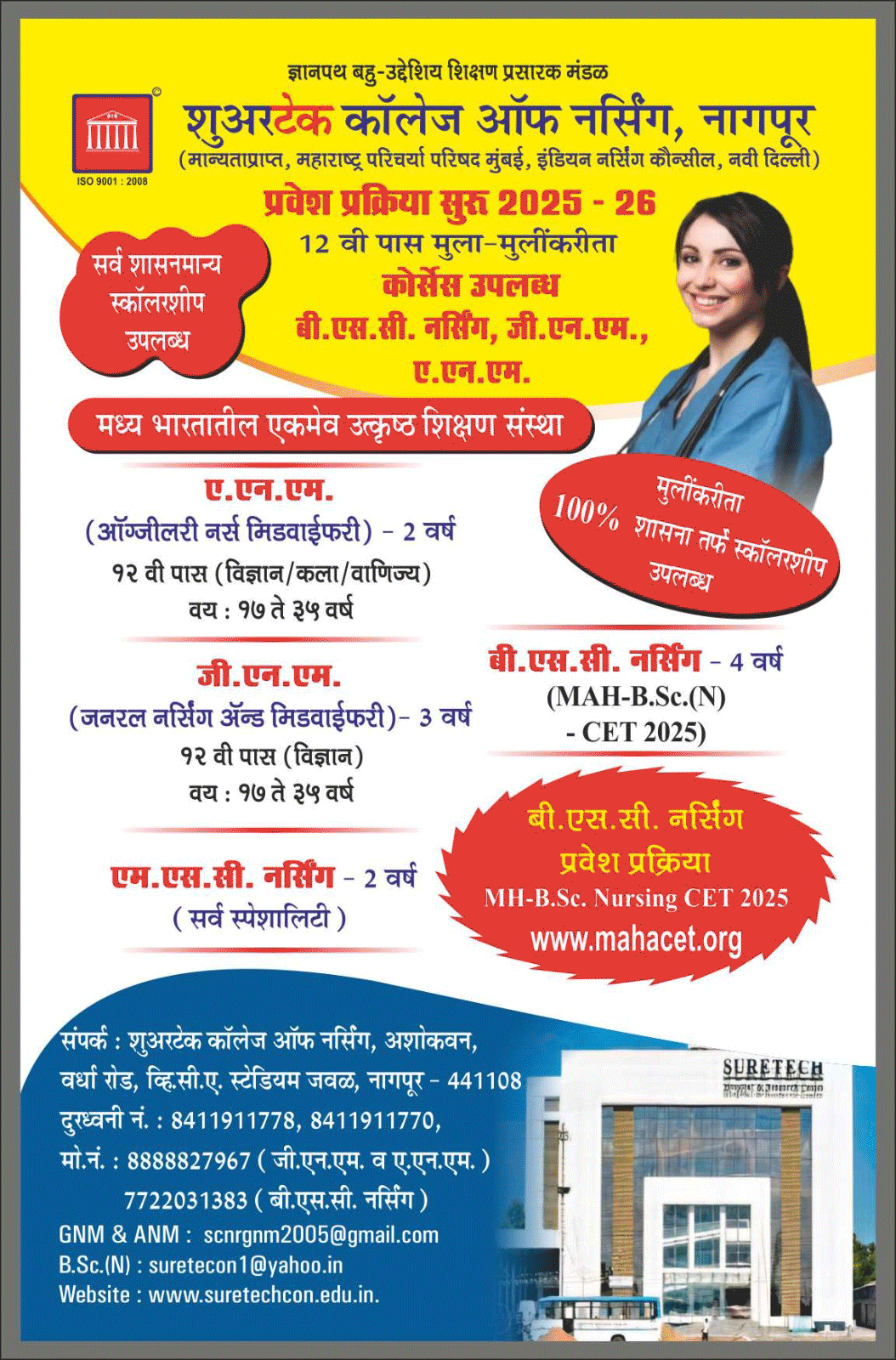Nagpur – The construction of the Ring Road in Nagpur was intended to reduce traffic congestion and accidents caused by the movement of heavy vehicles through the city. However, government land adjacent to the Ring Road has witnessed illegal constructions and encroachments.
In response, petitioner Mangala Wakode filed a Public Interest Litigation (PIL) in the High Court seeking removal of these encroachments and unauthorized structures. During the hearing, the High Court found the petition lacking in substantial evidence and directed each petitioner to deposit ₹25,000 within four weeks. The court also warned that failure to comply would result in recovery proceedings under the Maharashtra Land Revenue Code, 1966.
On Friday, the petitioners requested an extension of four weeks to pay the penalty, which the High Court granted as a final opportunity. The court further ordered that the penalty amount be deposited into the account of MAFSU (Maharashtra Animal & Fishery Sciences University). The Registrar of the High Court has been directed to ensure compliance with this order.
Court Satisfied with Action Taken on Encroachments
Previously, the High Court had directed the planning authority (Pranyas) to remove illegal constructions and encroachments near the Shatabdi Nagar junction on the Ring Road. Following this directive, the authority submitted an affidavit on Friday detailing the actions taken. The court reviewed the affidavit and expressed satisfaction with the precision of the work carried out.
Despite opposition from the Nagpur Municipal Corporation and the planning authority regarding the extension for fine payment, the court allowed the time extension as a final chance. The court also expressed hope that the funds deposited in the MAFSU account would be used for animal welfare and veterinary treatment initiatives.
PIL Misused for Personal Gain, Claims Government Counsel
Representing the planning authority, the Additional Government Pleader alleged that the petitioners had misled the court under the guise of public interest. It was argued that the petitioners sought to manipulate the court’s jurisdiction to serve private interests.
The government counsel pointed out that the petitioners own plots located directly behind Plot Nos. 23 and 24. If those plots remain vacant, the petitioners would gain front access to their property—suggesting a hidden motive behind the PIL. The plea was described as politically motivated and intended to serve the petitioners’ personal agenda.
















